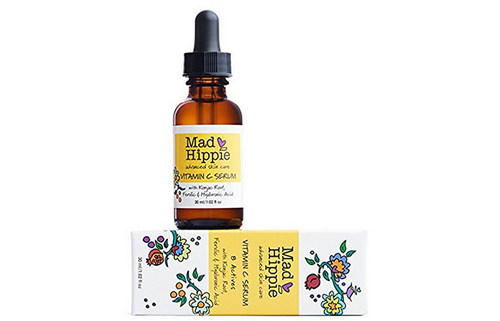Even if you’re a hardcore meat lover, you cannot entirely eliminate fruits and veggies from your diet. Ergo, you have to take those cursory visits to the grocery store and stock your kitchen with fresh produce.
However, one mistake that you and the rest of us make while grocery shopping is that we tend to pick items that look more attractive over the others.
And that usually results in food that doesn’t taste good no matter how hard you try!
In this article, we’ll share with you 18 crucial tips on how to buy fruits and veggies so you enjoy this chore and get to cook tastier meals every time:
- When buying fruits and veggies, go for those that are smaller in size. The pint-sized ones usually have much more flavor (sweet or savory) and thinner skins too than the bigger ones. That’s not to say big veggies and fruits are bad, it’s just that the small ones shouldn’t be ignored because they’re tiny.
- Fruits that weigh more rather than look better are the ideal choice. Heavy fruits tend to be juicier, which means you get more bang for your buck! Also cracked skins of fruits typically suggest that the fruit’s water content is way high, making them juicier.
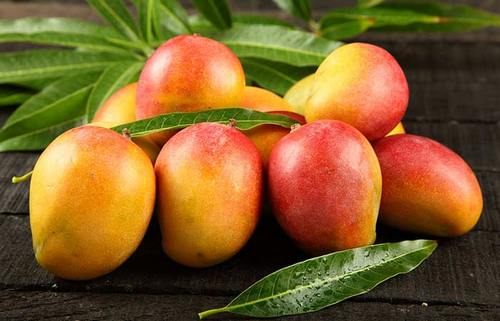
- Colors of the fruits and veggies you buy don’t always matter! For example, a red-colored mango isn’t any riper or sweeter than the yellow one. The only difference is the variety. This also applies to apples.
- However, for a few kinds of fruits, color can be a good indicator of its ripeness. Take pineapples, for example. Green ones might be ripe but those with yellow bases are actually ripe from top to bottom.
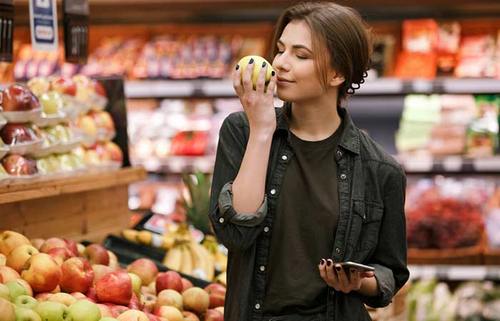
- Smell your fruits before you buy them. Especially mangoes, pineapples, and other tropical fruits. If you smell the bottom of the fruit, you can get an idea of how ripe it is. You’ll get a strong, sweet whiff if it’s ripe!
- Onions you purchase should be firm and odorless. If the onion has a very strong scent, it means it has sprouted. While sprouted onions are safe to eat, their taste is usually compromised.
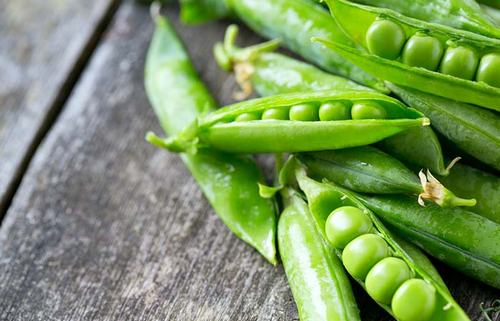
- The color of the pea pod is immaterial when you shop for them. Those white spots don’t indicate anything nasty and you can buy as many peas as you want without being bothered by the color!
- However, when you buy broccoli, you should pay attention to the color. A dark green shade means you get a denser bunch. The same logic applies to cauliflowers. There should be no spots on them and the bunch should feel firm and dense.
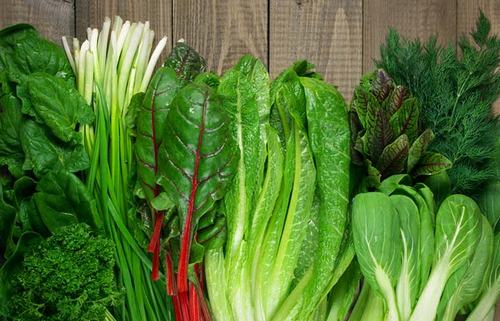
- If you shop for leafy greens that have thick stalks, check the leaves and the stalks carefully. The leaves should be thick and shiny, while the stalks should be firm. That’s one way to know if they’re fresh!
- For root vegetables such as carrots and beets, the best option is to buy those that retain their thick green tops. This suggests that the veggies are fresher and sweeter. Besides, you shouldn’t pick veggies that appear too dry or are severely cracked.
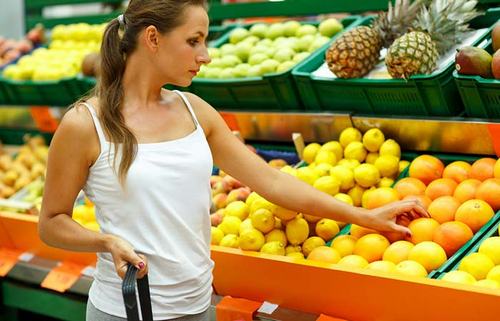
- Give your fruits and veggies a slight squeeze before you toss them in your cart. For instance, if your oranges feel dry and rigid, they likely don’t have much juice in them. Moreover, you shouldn’t reject green oranges as they aren’t unripe. You should just check their weight before buying.
- You should squeeze your avocados too in the same way. If they feel a little spongy, that means you’ve got yourself a ripe one. You can also pluck the stem out from the avocado to check its ripeness. A light green color suggests it’s ready to eat.
- Another grocery item you should squeeze before buying are artichokes. These lush green veggies make a small squeaky sound that proves they’re more than ready for the cooking!
- Carry out the ‘peel test’ for potatoes to know if they’re fresh. The skin of the fresh ones will come off if you rub it with your thumb. Don’t worry, you won’t be ruining the potato this way!
- It’s best to avoid potatoes that have sprouted. That’s not to say they’re inedible, but they sure lead to a whole lot of waste as you have to chop off and dispose of the portions that have sprouted.
- If you want coconuts with a high or low water content, shake them to find out. A heavy sloshing sound means the water content is high.
- The only way to know if your watermelon is as sweet and tasty as it should be is to check for a yellow spot. The lack of this spot means the melon is unripe.
- To get the sweetest cantaloupes, select those that have a slightly gold tint to them beneath their pattern.
You’re paying for your food. So, it’s only right that you get the best your market has to offer. Keep these tips in mind and you will!



